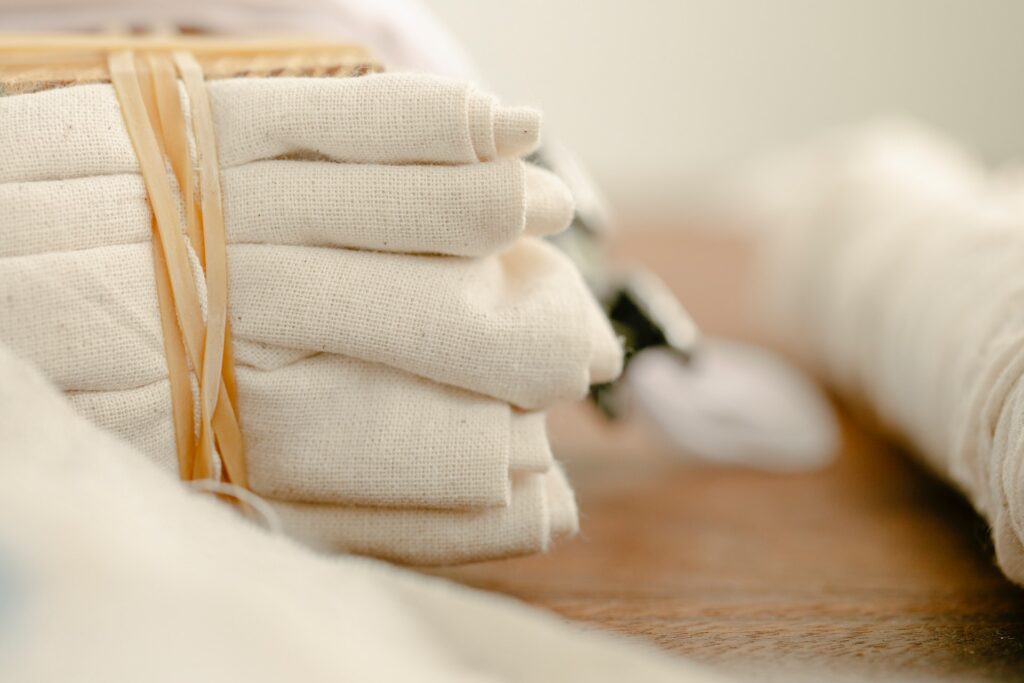When it comes to protecting your valuable equipment from dust and debris, a DIY dust cover can be a cost-effective and customizable solution. Making your own dust cover allows you to choose the materials that best suit your needs and preferences. In this article, we will explore the top three materials for making a DIY dust cover for your equipment, highlighting their advantages and applications.

Cotton Fabric
Cotton fabric is a popular choice for DIY dust covers due to its versatility, availability, and ease of use. It is a breathable material that allows air circulation while providing a barrier against dust and debris. Cotton fabric is lightweight, making it suitable for covering a variety of equipment, including electronics, musical instruments, and small appliances.
Advantages:
- Widely available in various colors, patterns, and thicknesses.
- Easy to work with, making it ideal for beginners.
- Can be machine washed and dried for easy maintenance.
- Allows for customization, such as adding pockets or embellishments.
Applications:
- Dust covers for laptops, desktop computers, and computer monitors.
- Covers for sewing machines, sergers, and embroidery machines.
- Protection for audio equipment, such as amplifiers and speakers.
- Covers for small kitchen appliances, like blenders and mixers.
Nylon Ripstop Fabric
Nylon ripstop fabric is a durable and lightweight material that is commonly used for outdoor gear and sportswear. It is known for its tear-resistant properties, making it an excellent choice for protecting equipment from dust, as well as minor impacts and scratches. Nylon ripstop fabric is available in different thicknesses and can provide reliable protection for various types of equipment.
Advantages:
- Resistant to tears and punctures, ensuring long-lasting protection.
- Lightweight and easy to fold or roll up for storage.
- Water-resistant or waterproof options available for added protection.
- Can be easily wiped clean with a damp cloth.
Applications:
- Dust covers for cameras, lenses, and photography accessories.
- Protection for camping gear, such as tents and sleeping bags.
- Covers for power tools, including drills and saws.
- Shields for musical instruments, like guitars and keyboards.
Clear Vinyl
Clear vinyl is an excellent choice for those who want a dust cover that allows visibility of the equipment while still providing protection. It is a transparent material that is resistant to dust, moisture, and mildew. Clear vinyl is available in different thicknesses, with heavier options offering increased durability and resistance to wear and tear.
Advantages:
- Provides excellent visibility, allowing you to monitor your equipment without removing the cover.
- Resistant to water, making it suitable for outdoor or humid environments.
- Easy to clean with a damp cloth or mild soap and water.
- Can be cut and sewn to fit your specific equipment dimensions.
Applications:
- Dust covers for flat-screen TVs, computer monitors, and display screens.
- Protection for DJ equipment, such as turntables and mixers.
- Covers for industrial machinery, like printers and CNC machines.
- Shields for artwork, picture frames, and collectibles.
When making a DIY dust cover for your equipment, choosing the right materials is crucial for effective protection. Cotton fabric offers versatility and ease of use, nylon ripstop fabric provides durability and tear-resistance, while clear vinyl allows for visibility while still safeguarding against dust and moisture. Consider the specific requirements of your equipment and the level of protection you need when selecting the appropriate material for your DIY dust cover. With a well-made dust cover, you can keep your equipment clean, extend its lifespan, and have peace of mind knowing it is shielded from dust and debris.